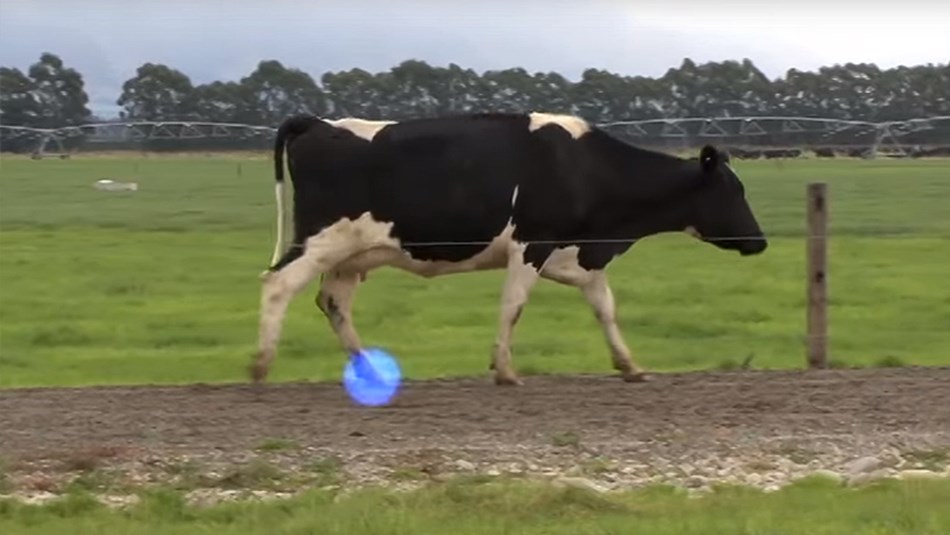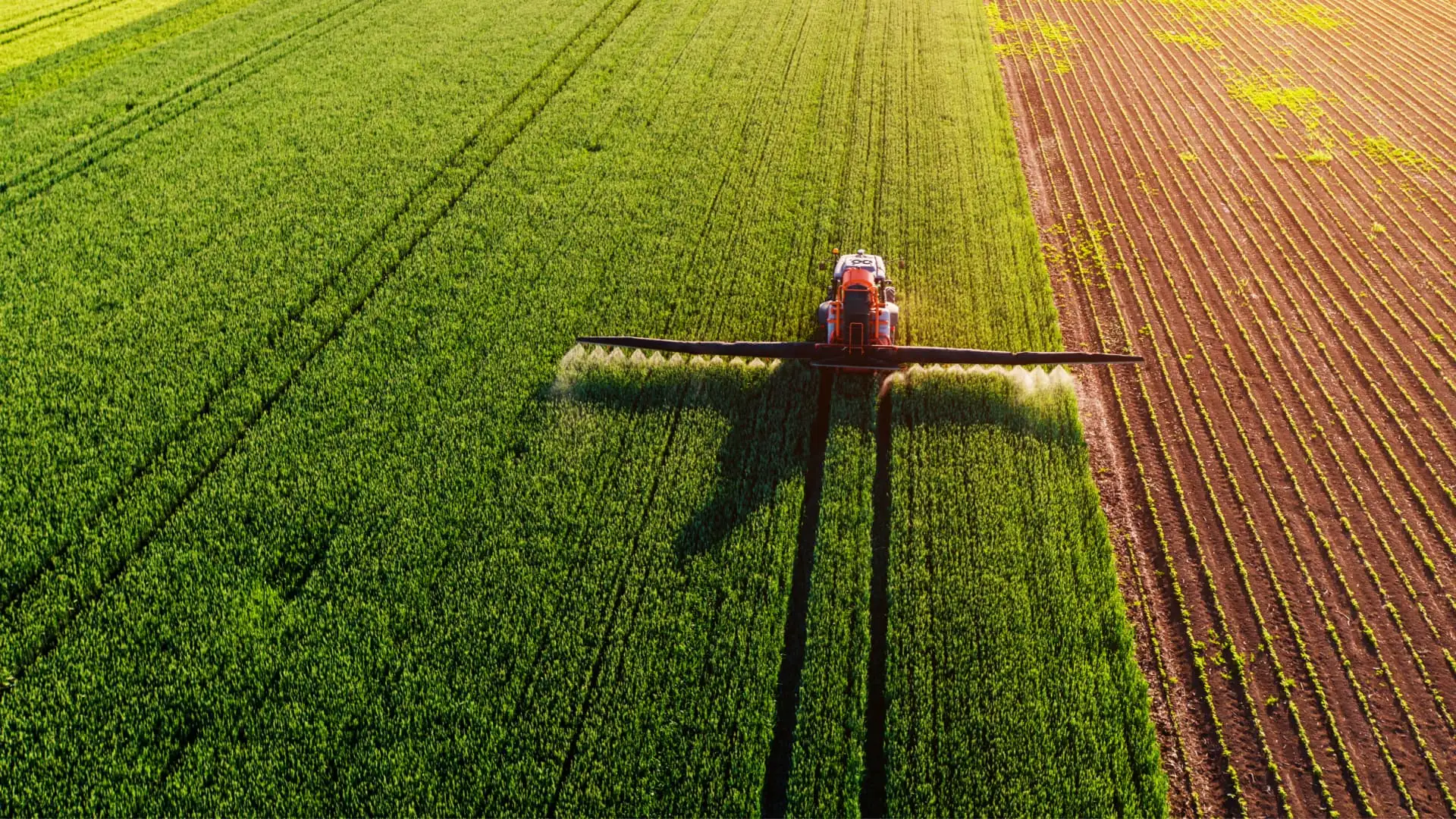With the current dry conditions and reduced growth of grass there is the risk of cows not having enough grass to meet their requirements. Under dry conditions, grass will tend to ‘shoot out’, get stemmy and go to seed, with a dramatic fall off in feed quality. This will be evident in lower milk yield and lower milk solids, especially milk protein and butterfat. Milk protein is directly related to the amount of energy the cow is consuming – low grass / feed intake => low milk protein. That is why it is important to feed the cow as much grass as she can eat and grass with the highest possible energy content (DMD). The typical Friesian cow will consume approx. 18 kg dry matter per day – but often this level of intake is not available to her due to poor grass growth or a low allocation of grass – it is possible that some cows have as little as 12-13 kg dry matter available to them!
We are just over the peak milk yield but if milk yield is declining by more than 2% per week it is a sign that the cow is not eating enough and if milk protein is low also she is not getting enough energy for milk protein production.
- Fresh grass is likely to be limited in the near future – some farmers are extending the rotation to 30-35 days. This will have implications for daily dry matter and energy intake, so it is crucial that energy and feed intake is maintained to avoid a steep fall off in milk and milk solids production.
So keep an eye on Dry Matter Intake and presume that the cow is only getting about 1/3 her requirements from fresh grass – 6 kg out of 18 kg! How do you make up the difference? There are a number of options involving balanced dairy concentrate, silage, straights and roughage such as straw
- Concentrates – during this stressful time it might be a good idea to feed 4 – 6 kg dairy nut per day. 16 or 18 % Protein? If the grass is not very leafy go for the higher protein – higher protein will also help stimulate appetite, maximising feed intake.
- Silage – if you have bales taken from paddocks a few weeks back they might be the best option, not eating into your winter stash. Silage with a reasonable level of stem will also contribute to maintaining butter fat while also promoting good digestion through increased saliva production. 20 kg silage will supply approx. 5 kg dry matter
- Feeding straights, palm kernel, soya hulls, maize meal, is a good way to fill the void – straights alone are not the answer as they will not be fortified with adequate minerals and vitamins. When choosing straights, it is best to have a variety of ingredients, starch and fibre, based on their digestion rates so that there is an even supply of energy until the next feed. For convenience, straights could be introduced if the diet requires more than 8 kg concentrates in the parlour (4 kg morning and evening).
- Roughage, such as straw is important, it gives good gut-fill, promotes cud chewing and saliva production which is important for good rumen function. Generally roughage is low in readily available energy, not too much is needed as it may dilute the cow’s energy intake. 1 kg/day. If silage is likely to be limited straw could be fed up to 4 kg /day, with concentrates, to dry cows and replacement heifers.
So when putting a diet together, keep the above in mind and you might consider a mix such as:-
- 4- 6 kg Dairynuts (16% or 18%) BreederMax 16
- 4 kg Straights (palm kernel/ soyahulls/ maize meal / rolled barley)
- 20 kg Silage (5 kg DM)
- 25 kg Fresh Grass (5 kg DM)
There are reports of cows licking stones etc. – feeding an adequate amount of balanced ration could remedy the situation as it may be a craving for minerals and/or salt.
It appears that this phenomenon is related to the salt/phosphorus/magnesium complex and is exacerbated by a shortage of feed. So the licking of stones etc. could be the first sign that the cows are underfed, especially with regards to mineral/vitamins. A cow getting 4 kg balance concentrate is unlikely to be very deficient in phosphorus. Likewise, a cow on the recommended diet of dairy cubes, magnesium included, will be getting sufficient magnesium to meet her requirements.
The recent very warm weather will have caused a lot of perspiring with the loss of salt from the cow’s system – making salt licks available may help. Salt is like lime on land, it helps a lot of other things to function properly
- Salt helps in the regulation and balancing of bodily fluids and electrolytes
- Salt will supply sodium which is used in the production of saliva for optimum rumen function.
A useful product to have accessible to the cows might be the Trace Pak Fertility/ High Mag block. It contains a full range minerals and vitamins including 3 % phos, sodium (salt) and Magnesium.
Grass fertiliser as a sources of sodium, e.g. Sweetgrass, Sweet 18’s, – Sodium is essential in optimising sugar content, improving palatability and dry matter intakes. In conserved grass,
sugars convert to acids which aid fermentation and preservation.
Sodium plays a key role in optimising mineral balances and reducing the risk of hypomagnesaemia.
After this period of relative grass shortage, there will be a rapid growth of lush leafy grass. This is highly digestible, low fibre grass which will be conducive to Rumen Acidosis (SARA), poor digestion resulting in lower milk solids. It will be important to include a good source of fibre and buffer in the cow’s diet to counteract this – a good indication of any acidosis will be the cows scouring.
Summary: – be careful not to underfeed cows at this time. It will have implications for
- Milk yield – a steep decline due to low dry matter intake.
- Milk Quality – low milk solids due to low energy intake
- Fertility – maintaining pregnancy
- Make salt/ mineral/ vitamins available to cows, especially during period of warm dry weather.



